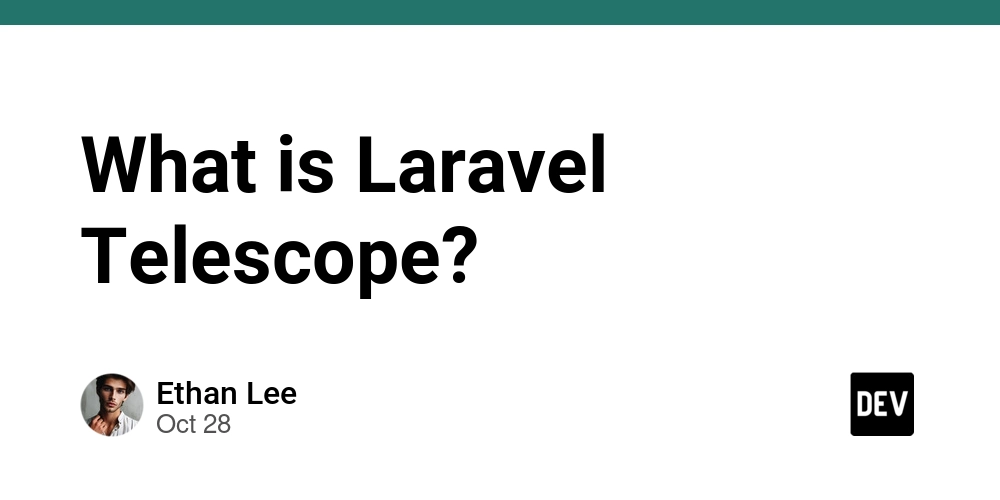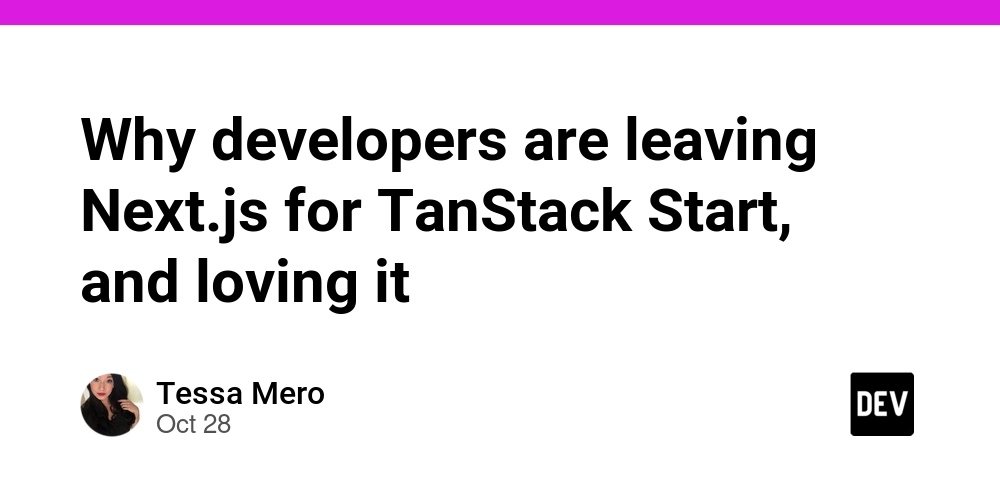Laravel Telescope is a powerful debugging tool for Laravel developers, used by thousands of teams worldwide to monitor, debug, and optimize their applications. According to recent community surveys, over 35% of advanced Laravel projects include Telescope in development environments, helping developers catch errors and performance issues before they reach production. It tracks requests, database queries, queued jobs, cache operations, and much more, making it much easier to troubleshoot and optimize every part of your Laravel app.
What Is Laravel Telescope?
Laravel Telescope is a sophisticated debugging assistant for Laravel, the popular PHP framework. With Telescope, you get a real-time dashboard showing exactly what is happening inside your application: HTTP requests, exceptions, logs, database queries, cache hits and misses, scheduled tasks, and more. Laravel’s creators built Telescope to make development smoother and bug-hunting less stressful.
When you install Telescope, it tracks all the activity in your Laravel app and lets you view it in an easy-to-understand web interface. Whether you want to check which queries are running slowly or catch unexpected errors, Telescope always has your back.
How Do You Use Laravel Telescope?
You use Telescope by installing it with Composer and running a simple Artisan command. It takes just seconds to get started.
- Install Telescope using Composer.
- Run the Artisan command to set it up.
- Visit the
/telescoperoute in your browser, and you immediately see everything your app does. - Telescope works with Laravel’s authentication, so only authorized users can access its dashboard.
Telescope tracks a wide variety of events. Every time an HTTP request comes in or a job gets pushed to the queue, it records the details. You can search, filter, and drill down to see exactly what happened and when. This makes both development and production debugging far less painful.
What Features Does Laravel Telescope Have?
Telescope comes packed with features that simplify Laravel debugging and monitoring:
- Requests: View every inbound HTTP request, including parameters and headers.
- Exceptions: Instantly see where and why errors occur, complete with stack traces.
- Logs: Every log message from your app appears in Telescope.
- Database queries: Get the exact SQL run for each request, track slow or duplicate queries.
- Queued jobs: See job payloads, execution times, and failures.
- Cache: Track cache set/get/delete operations, and view keys in use.
- Scheduled Tasks: Monitor scheduled events and commands.
- Mail: Review outgoing emails and content sent from your app.
- Notifications: View every notification sent by your app across all channels.
- Custom watchable tags: You can tag tracked elements for easy grouping and analysis.
Why Do Developers Love Laravel Telescope?
Developers love Telescope because it helps them find and fix issues fast. There’s no need to hunt through endless logs or write custom tracking code, Telescope does it all automatically.
- You see errors and slow queries immediately.
- Your whole team can identify performance bottlenecks together.
- Telescope supports multiple environments; keep detailed monitoring in development, but disable or restrict it for production.
- Many dev teams use Telescope for code reviews, ensuring best practices and efficient queries before pushing new features.
How Does Telescope Help With Performance?
Telescope can reveal exactly which part of your app is slowing things down. Do you have N+1 query problems? Is a particular cache key hot? Did a job fail to retry? Telescope tracks all these details, preventing wasted time and improving overall performance.
For example, if a query takes longer than 100ms, Telescope highlights it, showing you the SQL and where it was called in code. If a request is causing an error, you see the exception immediately with full context.
Is Telescope Safe For Production?
Telescope is a powerful tool for development and staging, but it’s typically not enabled in full in production because it stores sensitive internal data and may slow your application. Telescope protects its dashboard behind Laravel’s authorization system, so only trusted users can access the information. In production, you can use Telescope in a limited mode or turn it off completely.
You can also filter which entries Telescope records, limit the data retention window, and flush old data, keeping your app and database safe and efficient.
Also Read: Top 9 Laravel AI Tools Every Developer Should Know in 2025
What Are The Alternatives To Telescope?
Some other tools offer similar monitoring and debugging features, but Telescope is the official Laravel solution and integrates seamlessly. Alternatives like Laravel Pulse, Xdebug, and external error monitoring tools may be more suitable for very large apps, but none match Telescope’s deep integration and simple workflow for Laravel developers.
How Can You Get The Most Out Of Telescope?
- Use it in development and staging to catch errors early.
- Combine with Laravel’s built-in logging and exception reporting.
- Regularly check slow queries and code bottlenecks.
- Set up custom tags for team-wide best practices.
Telescope is updated regularly, and many Laravel tutorials and courses feature it. Join the community to get the latest tips and best practices.
Can Telescope Help Teams Collaborate?
Yes! Teams can share monitored events and tagged entries in Telescope’s dashboard. It helps everyone see the same activity and errors, making collaboration and code review much easier. Managers can quickly audit deployments, and developers can focus directly on what needs fixing without hunting through server logs.
Why Should You Try Laravel Telescope?
If you build Laravel apps and want less debugging stress, Telescope is a must-have. It provides instant visibility into your app’s internals and lets you work faster, smarter, and with greater confidence.
Start using Telescope today—you’ll see more, fix more, and release polished features to your users more reliably. With over 5,000 GitHub stars and regular updates by Laravel’s core team, Telescope is trusted and loved by the community.



